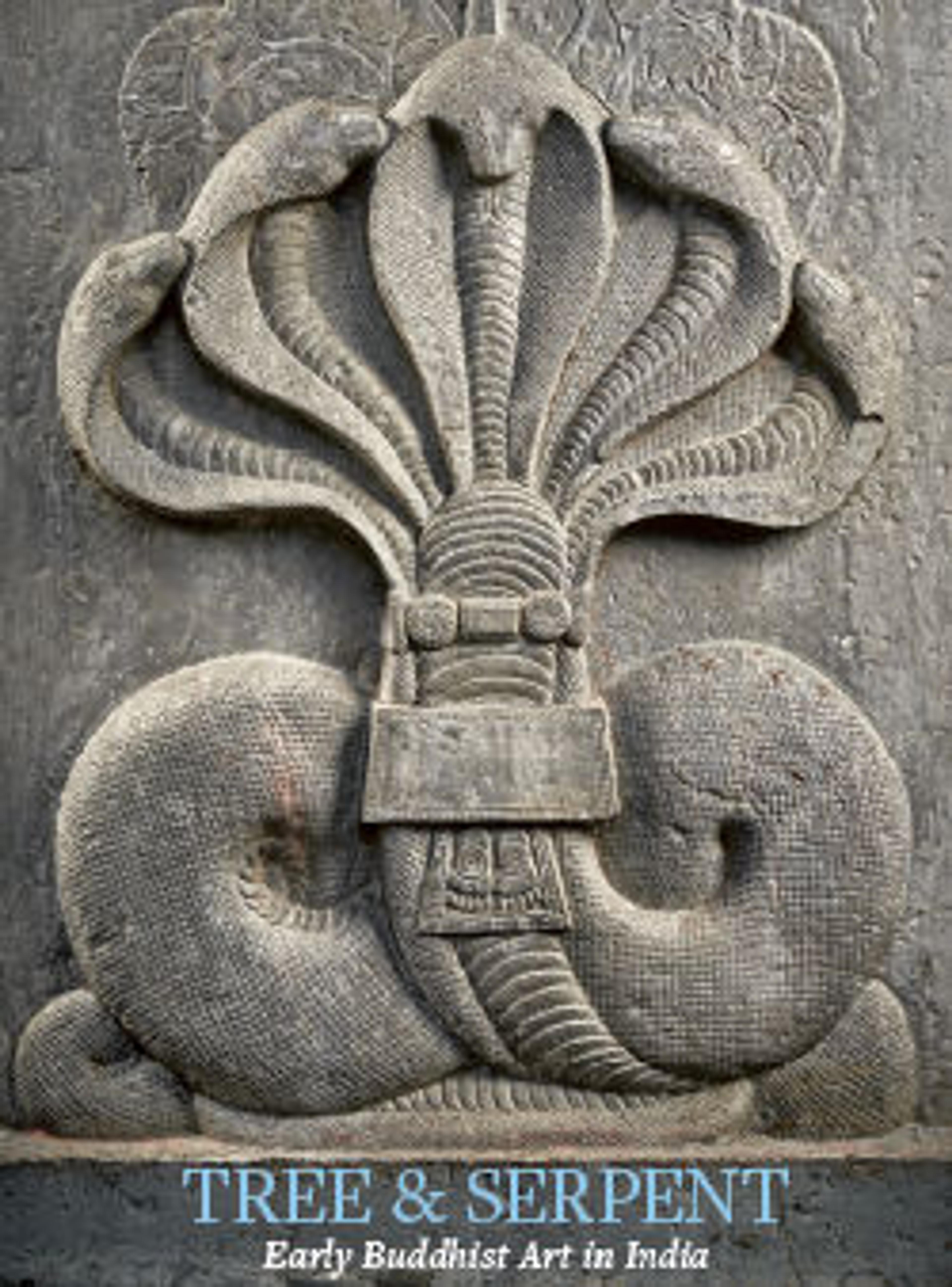English
Vessel terminating in the forepart of a fantastic leonine creature
Horn-shaped vessels ending in an animal's head have a long history in the Near East as well as in Greece and Italy. Early Iranian examples are straight, with the cup and animal head in the same plane. Later, in the Achaemenid period, the head, or animal protome, was often placed at a right angle to the cup, as in this piece. In the manufacture of this gold vessel, several parts were invisibly joined by brazing, which demonstrates superb technical skill. One hundred and thirty-six feet of twisted wire decorate the upper band of the vessel in forty-four even rows, and the roof of the lion's mouth is raised in tiny ribs. Typical of Achaemenid style, the ferocity of the snarling lion has been tempered and restrained by decorative convention. The lion has a crest running down his back; his mane has the disciplined appearance of a woven material; and his flanks are covered by an ostrich plume. The inclusion of the plume, a departure from convention, suggests that this lion is winged and has some supernatural significance.
Artwork Details
- Title:Vessel terminating in the forepart of a fantastic leonine creature
- Period:Achaemenid
- Date:ca. 5th century BCE
- Geography:Iran
- Culture:Achaemenid
- Medium:Gold
- Dimensions:6 11/16 × 5 7/16 × 3 5/8 in., 2.1 lb. (17 × 13.8 × 9.2 cm, 1 kg)
- Credit Line:Fletcher Fund, 1954
- Object Number:54.3.3
- Curatorial Department: Ancient West Asian Art
Audio
7017. Vessel Terminating in the Forepart of a Fantastic Leonine Creature
0:00
0:00
We're sorry, the transcript for this audio track is not available at this time. Please email info@metmuseum.org to request a transcript for this track.
Listen to more about this artwork
More Artwork
Research Resources
The Met provides unparalleled resources for research and welcomes an international community of students and scholars. The Met's Open Access API is where creators and researchers can connect to the The Met collection. Open Access data and public domain images are available for unrestricted commercial and noncommercial use without permission or fee.
To request images under copyright and other restrictions, please use this Image Request form.
Feedback
We continue to research and examine historical and cultural context for objects in The Met collection. If you have comments or questions about this object record, please contact us using the form below. The Museum looks forward to receiving your comments.
